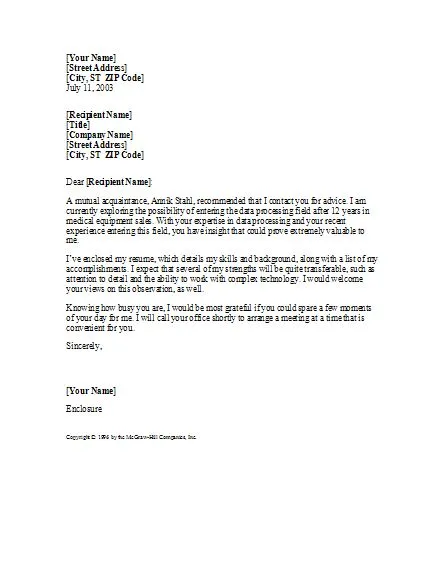Understanding the Power of a Referral Cover Letter
In the competitive landscape of job applications, a referral cover letter can be your golden ticket to getting noticed. It’s more than just a piece of paper; it’s a powerful tool that can significantly increase your chances of landing an interview. This is because a referral often carries weight with the hiring manager, signaling that you’ve been vetted and endorsed by someone they trust. A well-crafted referral cover letter demonstrates that you’re not just another applicant; you’re a candidate who’s been personally recommended, adding a layer of credibility and trust to your application. The right cover letter helps you stand out from the crowd.
Why Use a Referral Cover Letter
Why bother with a referral cover letter? The answer is simple: it gives you a significant advantage. In the realm of job hunting, where hundreds or even thousands of applications flood inboxes, getting your resume seen can be a challenge. A referral, especially from a current employee, instantly elevates your application. It signals to the hiring team that you’re not just another resume in the pile; you’re a candidate that someone vouches for. Your referral letter can act as an introduction and a personal endorsement, indicating to the hiring manager that you’re not only qualified but also a potential cultural fit.
Benefits of a Referral
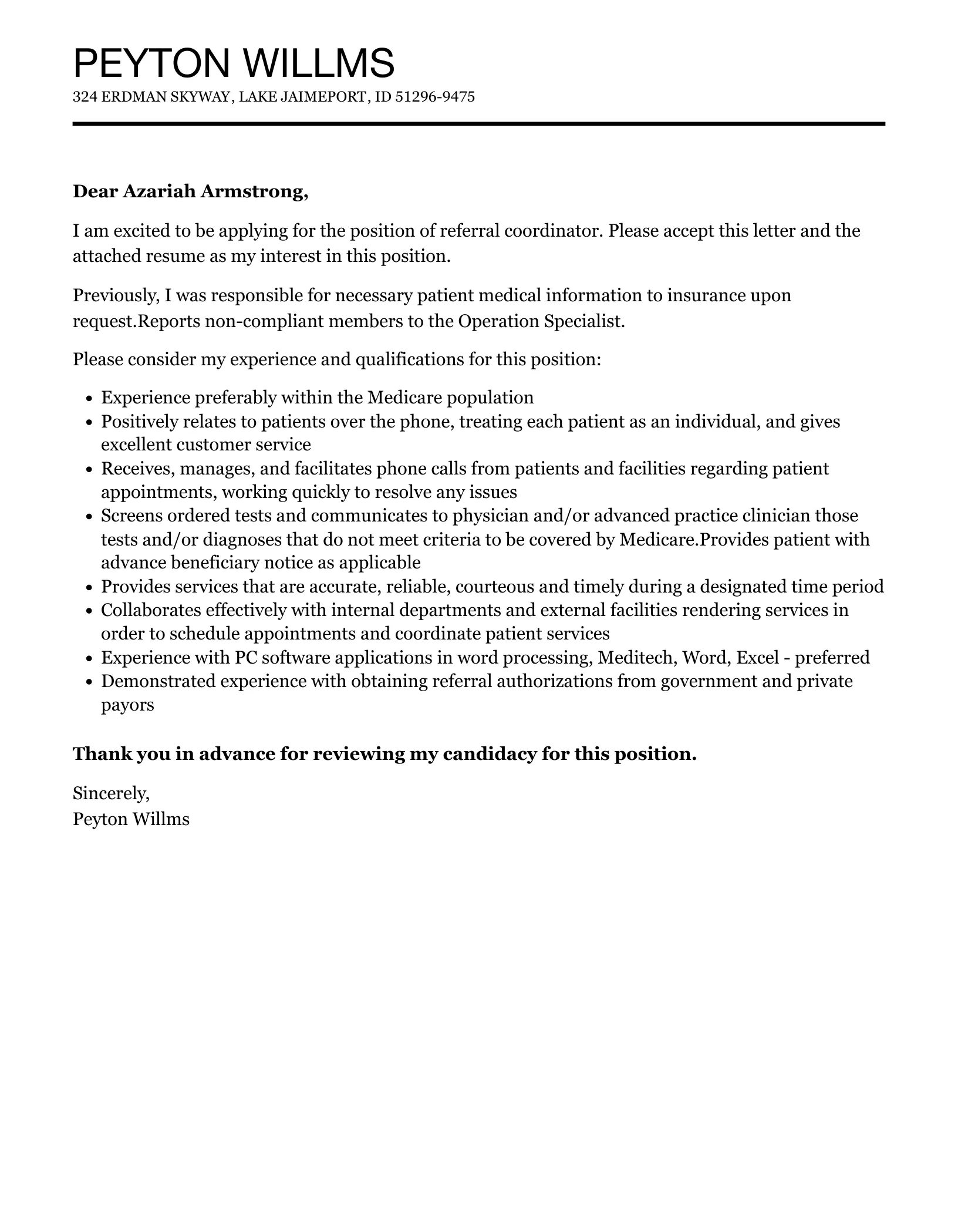
The benefits of a referral are numerous. First and foremost, it gets your application seen. It helps you bypass the initial screening process, giving you a direct line to the hiring manager’s attention. Referrals often lead to interviews at a higher rate than traditional applications. Companies often prioritize referrals because they reduce hiring risk. Referrals provide insights into the company culture, giving you a deeper understanding of the organization. This can help you tailor your cover letter and interview responses to align with the company’s values and expectations. Referrals also boost your chances of a favorable outcome.
How to Craft a Compelling Referral Cover Letter
Creating a compelling referral cover letter involves more than just mentioning the referral source. It’s about strategically showcasing your skills, experiences, and enthusiasm for the role. Your goal is to make a positive impression. The process begins with thorough research. You need to understand the company, the role, and the specific requirements. A well-crafted cover letter will convince the hiring manager that you possess the qualifications and cultural fit they are seeking. It’s a chance to demonstrate your genuine interest and make a strong case for why you are the ideal candidate.
Researching the Company and the Role
Before you start writing, conduct comprehensive research on the company and the specific role you’re applying for. Visit the company’s website, read about their mission, values, and recent news. Review the job description meticulously, noting the key requirements, responsibilities, and desired skills. This research allows you to tailor your cover letter, demonstrating that you understand the company’s needs and how your skills align with them. Show them you’re not just sending a generic application but have a genuine interest in the opportunity. This careful preparation helps you create a relevant and compelling cover letter.
Personalizing Your Referral Letter
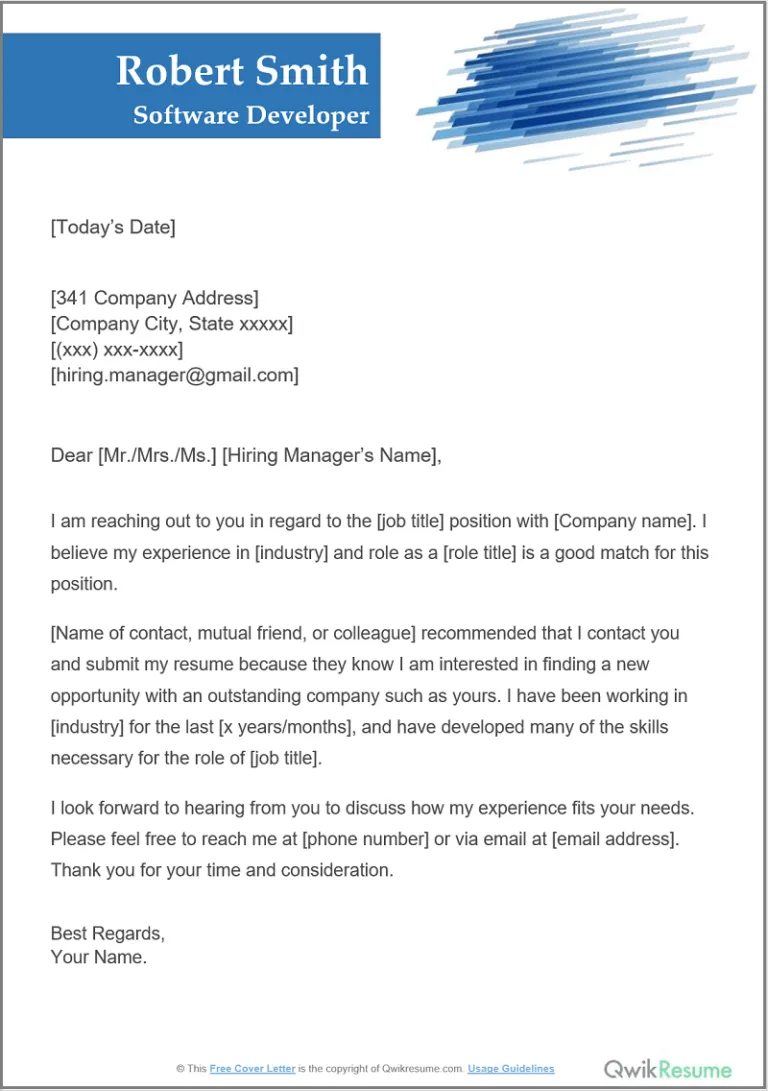
Personalization is key to a successful referral cover letter. Avoid generic templates. Instead, address the hiring manager by name if possible. Highlight the connection with the person who referred you, emphasizing your shared relationship. Mention why you are excited about the specific role and why you believe you are a good fit for the company. Personalization goes beyond simply mentioning the referrer; it’s about demonstrating genuine interest, relevant skills, and an understanding of the company’s needs. Tailor the letter to the specific job and company.
Highlighting Relevant Skills and Experiences
Your referral cover letter is your chance to highlight your skills and experiences. Select the accomplishments and abilities that directly relate to the job description. Provide concrete examples of how you’ve used these skills to achieve results. Use action verbs to describe your achievements. Quantify your results whenever possible. This demonstrates your value and makes your application more compelling. Your goal is to show how your experience makes you a great fit for the position. Use specific examples to demonstrate your qualifications.
Emphasizing the Referral Source
Clearly identify the person who referred you and their relationship to you and the company. Explain how you know them and why they recommended you. This adds credibility to your application. A brief, positive statement from the referrer can be included, if they approve, to further validate your candidacy. This provides an element of trust and signals to the hiring manager that you’ve been vetted by someone already working at the company. A strong referral from someone they trust carries significant weight. You can mention how your skills complement the referrer’s experience.
Structuring Your Referral Cover Letter
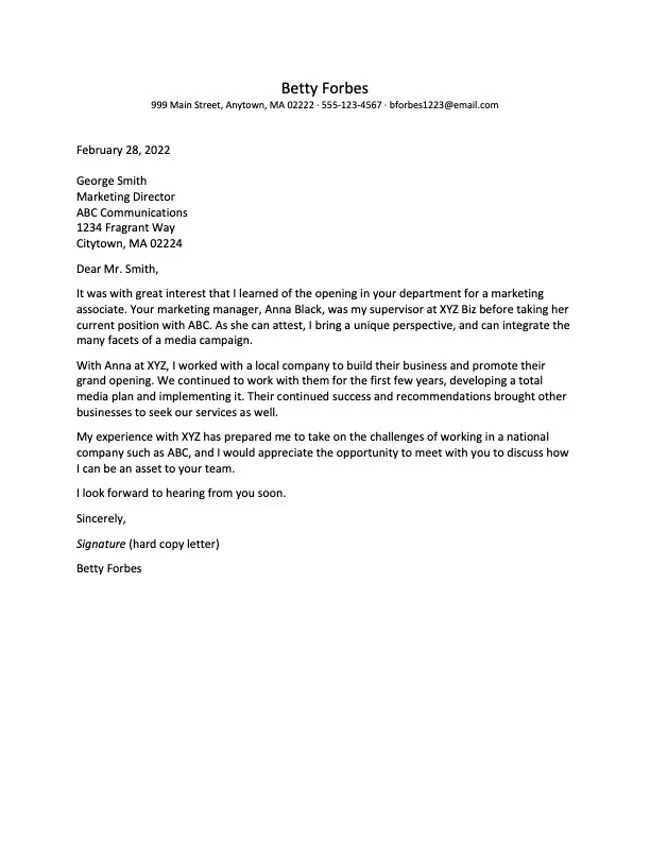
A well-structured cover letter is easy to read and understand. A clear structure helps you convey your message effectively. The layout helps emphasize your qualifications, referral, and enthusiasm. Use the standard business letter format. This structure ensures your letter is professional. Following a clear format makes it easier for the hiring manager to find key information. A well-organized structure enhances the impact of your message.
Header and Salutation
Start with a professional header, including your contact information (name, address, phone number, email). Include the date and the hiring manager’s name and title, if known. Use a formal salutation, such as “Dear Mr./Ms. [Last Name].” If you are unsure of the name, use “Dear Hiring Manager.” The header and salutation establish professionalism and attention to detail. Make sure the header is correctly formatted, and the salutation is appropriate for the company. These elements set the tone for the rest of the letter. A well-crafted header shows your attention to detail and professionalism.
Body Paragraphs
The body paragraphs are the core of your letter. The first paragraph should immediately state that you are applying for the position, and mention the referral. The subsequent paragraphs should highlight your relevant skills, experiences, and achievements. Use specific examples to show how you’ve succeeded in similar roles. The closing paragraph should reiterate your interest in the role and include a call to action, such as expressing your availability for an interview. Each paragraph should focus on a specific point. These paragraphs present the essential information to convince the hiring manager of your suitability for the role. Use clear language and avoid jargon.
Closing and Call to Action
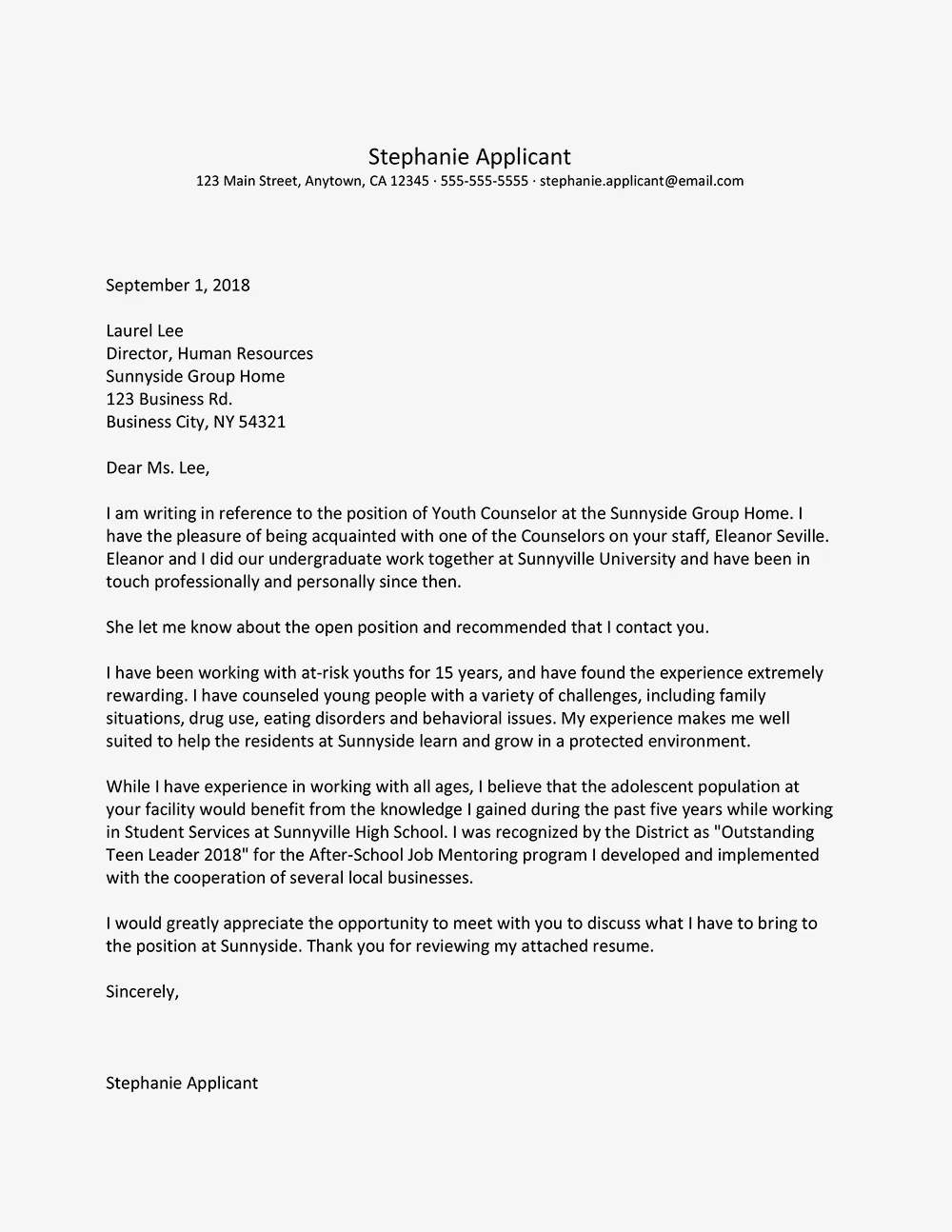
The closing paragraph should express your enthusiasm and reiterate your interest in the role. Thank the hiring manager for their time and consideration. Include a call to action, such as stating your availability for an interview. Make it easy for the hiring manager to take the next step. Reiterate the value you will bring to the company. Use a professional closing, such as “Sincerely” or “Best regards,” followed by your name. This reinforces your interest and makes a lasting positive impression. Your concluding paragraph should be professional and enthusiastic.
Common Mistakes to Avoid
Avoiding common mistakes can significantly improve your chances of success. Several missteps can diminish the effectiveness of your referral cover letter. These errors can negatively impact your application. Review your cover letter for these common pitfalls before submitting it. By avoiding these mistakes, you will maximize the impact of your letter.
Generic Letters
One of the biggest mistakes is sending a generic cover letter. A generic letter lacks personalization and does not demonstrate your interest in the specific role or company. It’s clear you haven’t taken the time to research the role or the organization. Tailor your cover letter to each application. Generic letters often get discarded because they don’t show you are a suitable candidate. They lack any reference to the company’s values or the specifics of the role. Personalize each application to show your genuine interest.
Lying or Exaggerating
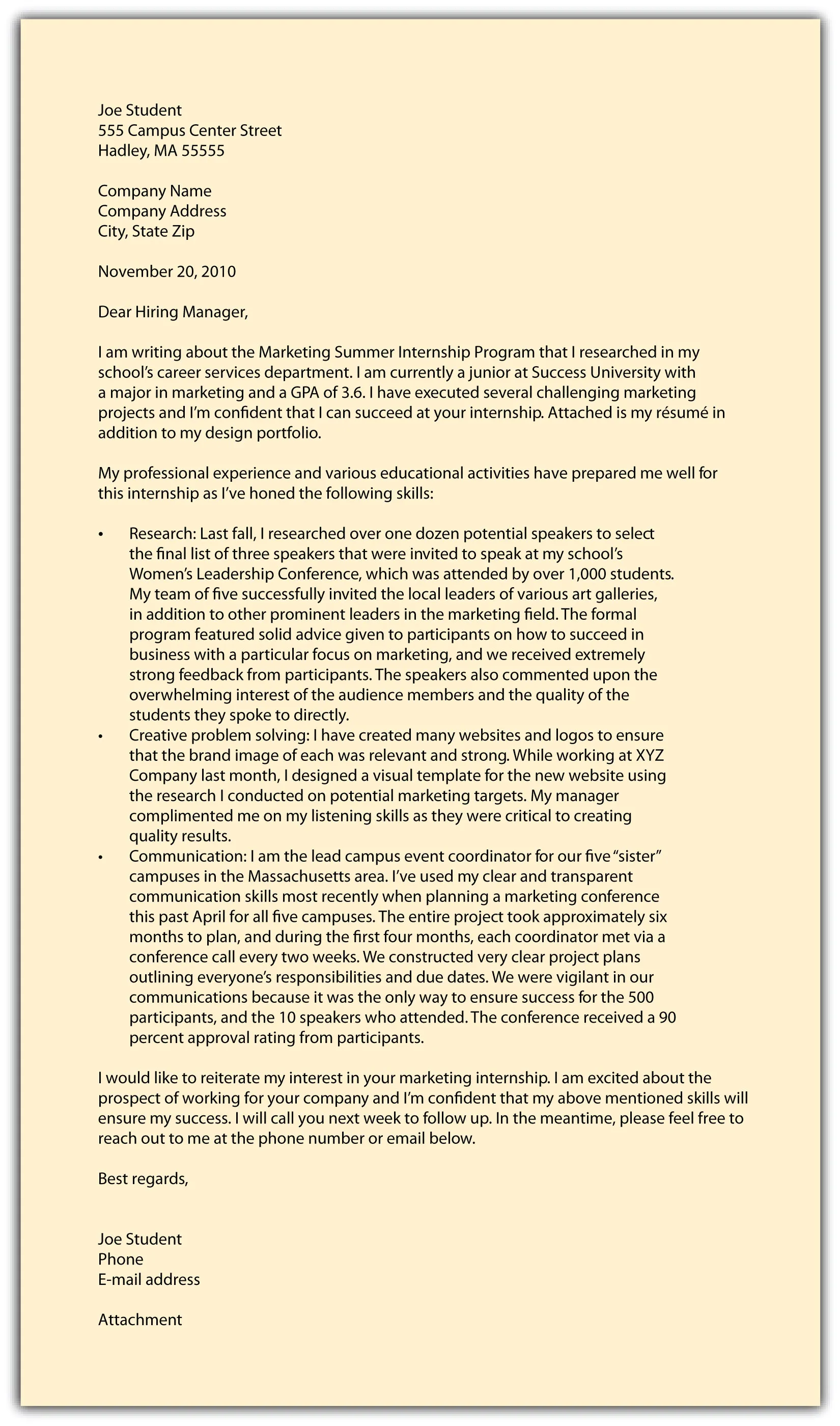
Avoid lying or exaggerating your skills, experiences, or the referral itself. False information can damage your credibility and lead to disqualification. Always be truthful and accurate. Present your qualifications honestly and authentically. Lying can backfire and damage your reputation. Honesty is essential throughout the application process. Embellishing the truth can undermine your credibility.
Ignoring the Job Description
Failing to address the specific requirements outlined in the job description is another common mistake. The job description is your guide. It tells you what the employer is looking for. Your cover letter should demonstrate that you meet their needs. If you ignore the job description, you risk missing out on key qualifications. Tailor your letter to match the job description’s requirements. Make sure your skills and experiences are aligned with the listed requirements. Show that you’ve taken the time to understand the role.
Proofreading and Editing
Typos, grammatical errors, and poor formatting can reflect negatively on your application. Before submitting your letter, carefully proofread and edit it. Ask someone else to review it for clarity and accuracy. Errors can create a negative impression. Proofreading ensures that your letter is polished and professional. A well-edited letter demonstrates your attention to detail. Proofread your cover letter carefully, and edit it to ensure clarity and accuracy.
Following Up After Submission
After submitting your referral cover letter, it’s appropriate to follow up. Follow up within a reasonable timeframe, typically one to two weeks. You can send a brief email to the hiring manager to reiterate your interest and thank them for their consideration. Following up demonstrates your continued interest. It can help your application stand out. Follow up with a brief, polite email to express your continued interest. Make sure the tone is professional and courteous. This shows that you are proactive and engaged.
